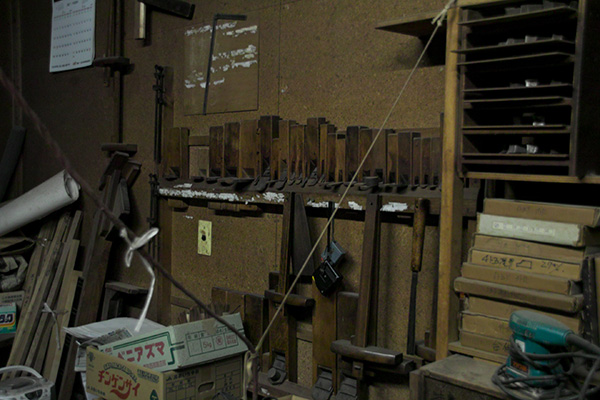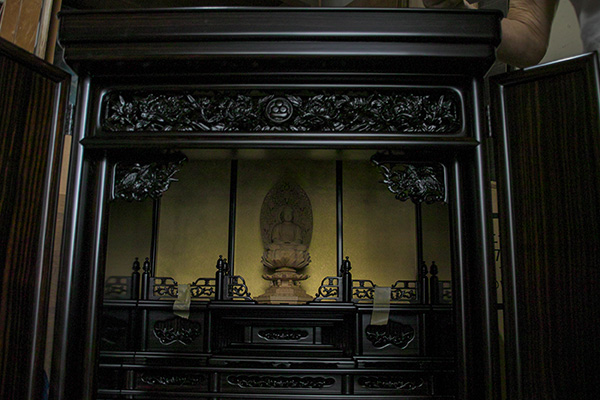Tokyo Butsudan (Buddhist Altars)
 A “butsudan” is an alter for enshrining a Buddha and can be commonly found in the homes of ordinary people as places to perform Buddhist worship.
A “butsudan” is an alter for enshrining a Buddha and can be commonly found in the homes of ordinary people as places to perform Buddhist worship.
Buddhist altars and other Buddhist religious paraphernalia first began to diffuse throughout Japan in the beginning of the Edo period (1603-1867) during the beginning of the 18th century. The advent of Tokyo Butsudan is said to be from when hardwoods such as mulberry(Morus alba Linn) and Japanese zelkova(Zelkova serrata) began to be utilized along with free use of other woodworking techniques such as “sashimono” or woodworking joints (a form of carpentry wherein no metal nails or fittings are used), woodcarving, and urushi coating (a type of natural lacquer coating), after which woods such as ebony and rosewood began to be used as well. The alters demonstrate the strong, sturdy quality that make up the qualities of Edoite carpenters’ work, strong and lacking in affectation, and are praised for their modest, design, making excellent use of the woodgrain.


